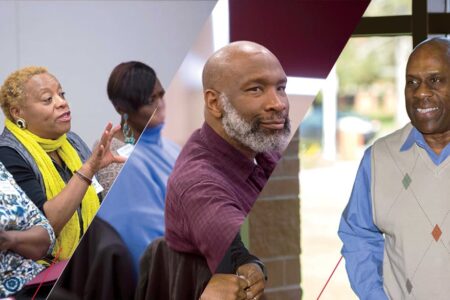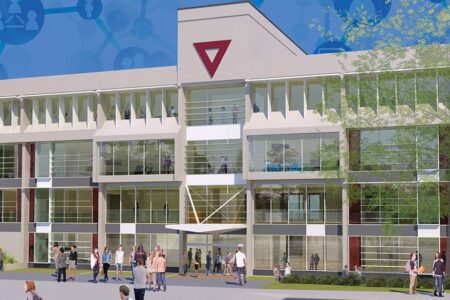Karen Cator ’80
Karen Cator ’80 Fosters Innovation on Education’s Leading Edge
Karen Cator ’80 Fosters Innovation on Education’s Leading Edge
For Karen (Frost) Cator ’80, it’s hard to separate her affinity for Springfield College from the happy memories of her childhood, when she would watch sports games on the campus, swim in the Art Linkletter Natatorium, and attend summer camps run by the College coaches. Her father, Reuben “Jack” Frost, was director of the School of Health, Physical Education, and Recreation at Springfield College in 1960. As a result, Cator says, “I was part of the Springfield College family since I was two years old.”
Springfield College wasn’t just the place where she grew up, though. It also was where she came into her own as a scholar and realized that her longstanding interest in engaging younger learners could become a career.
Cator’s study of early childhood education at Springfield would become the foundation for a calling that has included directing Apple’s leadership and advocacy efforts in education; being appointed director of the Office of Educational Technology at the U.S. Department of Education; and, most recently, becoming president and CEO of the congressionally-authorized nonprofit Digital Promise, which included meeting with President Obama to discuss innovation and education.
“Throughout my career I’ve constantly looked for learning opportunities that are relevant to students,” Cator says. “Ideas that are hands-on, minds-on, and collaborative—and include work with other people to solve complex problems.”
“[With the internet] teachers and students can access varied and diverse sources of information … That is significant.”
In her quest to find and foster such opportunities, Cator has thought deeply about how technology and education intersect. With the Internet, she says, one can learn from a vast array of information, resources, experts, problem sets, simulations, and data visualizations.
In higher education, faculties may still rely on books and their own knowledge for much teaching and learning, but the Internet allows students to leverage an effectively infinite range of resources.
“Whether it be an additional explanation of a complex concept or a conflicting viewpoint on a relevant topic, teachers and students can access varied and diverse sources of information,” she says. “That is significant.”
As technology evolves, Cator believes, so, too, must the spaces where students learn.
“The library was the embodiment of the printing press, where you could get access to all these books, and the bigger your library, the better your school,” Cator says. “Now, when we think about the modern corollary, you still have books, but you also have other kinds of things that help you learn.
A learning commons, for example, is a physical space that says people also learn together; they learn by collaborating. ” [See related story on page 6]
Of course, Cator says, there also are aspects of the traditional library that shouldn’t fall by the wayside—the preservation of tranquil space for research and reflection, for instance.
“We don’t want technology to disrupt anything that is meaningful and powerful, and having quiet places to work is critical,” Cator says. “Having places to purposefully and seriously collaborate with peers is also powerful.”
“… you still have books, but you also have other kinds of things that help you learn. A learning commons, for example, is a physical space that says people also learn together; they learn by collaborating. ”
Cator, a 2016 Springfield College Distinguished Alumni Award recipient, believes technology augments human performance, perhaps even more powerfully for those who learn differently.
“If you’re a student with dyslexia, or on the autism spectrum, or have motor difficulties, technologies can help you read, communicate, navigate, and so much more,” she says. “We are just scratching the surface of what will be possible.”
Striking the proper balance to engage young minds is an art Cator places at the core of her approach to innovative teaching and learning.
“My whole career has focused on the same mission and vision,” she says, and has involved continuous, thoughtful engagement with the same question: “How can technology help us be the best versions of ourselves?”




